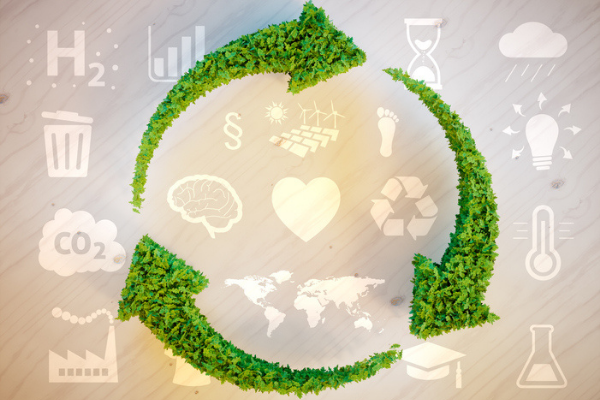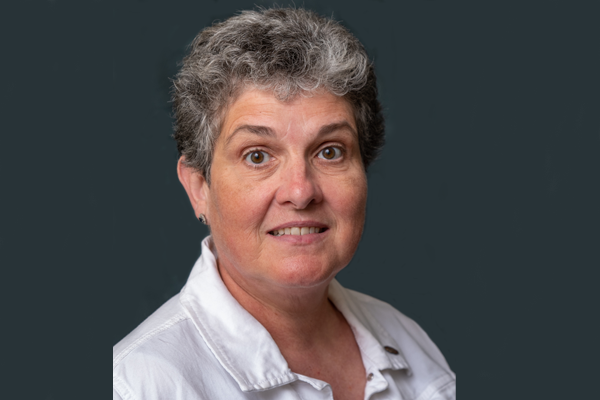
Several factors influence our perception of risk, but two put how we view risk into perspective; how often or the frequency that an event occurs, and the severity of the outcome. For example, many individuals will opt to drive long distances versus flying because when you hear of an airplane crash, the consequences are severe versus a personal experience with a fender-bender.
While other factors that color our perception of risk, such as our ability to control the situation or dread related to the possible outcome, it is that personal familiarity with a potential risk that has the most impact on our behavior. Slips, trips, and falls are a perfect example of how our perception of risk is developed.
Think about your workplace, public spaces, and other areas you frequent. How many trip hazards are present? Are they marked? Look around your desk, have you created your own hazard? When we stop and look and think about it, we realize that trip hazards are very prevalent. Yet, we do report them? Do you pick up that stack of papers? Do you stop to wipe up that puddle in the foyer? We tend to step over them, step around them, and may not even realize we have even seen them. Why? Because most of us have tripped or slipped numerous times. And, most of the time, the most significant consequence is that we have dropped our papers, spilled our drink, or bumped someone. There wasn’t a severe consequence. Yet, slips, trips, and falls are listed as the third leading cause of unintentional injury-related deaths, according to the National Safety Council.
When you hear that statistic, you think that can’t be correct. Sure falls are dangerous when you fall from a height or from one level to the next, but people fall all the time and don’t get hurt. You attribute this consequence based upon experience; most of us have suffered a bigger consequence or hurt ourselves, if we have fallen off of something like a stool, chair (when improperly used as a stool), a ladder, or have fallen down the stairs. We have an experience that the consequence is greater if we fall from one level to another.
Yet, the fall statistics indicate that fatalities and serious injuries also result from falls that occur on the same level. Think slipping on the ice, or slipping in the shower. Now, as humans, we start to rationalize that statistic. It is age-related, it has to do with another physical condition, etc. But, we all know someone that has had an injury, that slip on the ice for example, that age or condition rationalization doesn’t fit.
Slips, trips, and falls are a perfect example of the “safety iceberg.” Most of them do not result in any harm, yet there is a significant portion that does result in an injury – a bump, bruise, and maybe a minor break. Then, there are those that result in significant injury and death.
Falls are preventable, and thus, these injuries and outcomes don’t have to happen. We have to address the causes, one of which is our behavior, which is colored by our perception of the risk. To prevent falls, we need to keep areas clear of hazards, remove the clutter, manage cords, etc. We have to clearly identify those trip hazards, like stairs, steps, that you can’t remove. Use handrails and proper tools, i.e., a ladder or stool rather than a chair or box. Ensure adequate lighting so that individuals can see the pathway. All of these things help, but we have to manage our behavior as well. Slow down and observe.
This article has been edited for length and clarity. The opinions expressed in this article are the author's own and do not necessarily reflect the view of their employer or the American Chemical Society.
Copyright 2022 American Chemical Society (All Rights Reserved)






